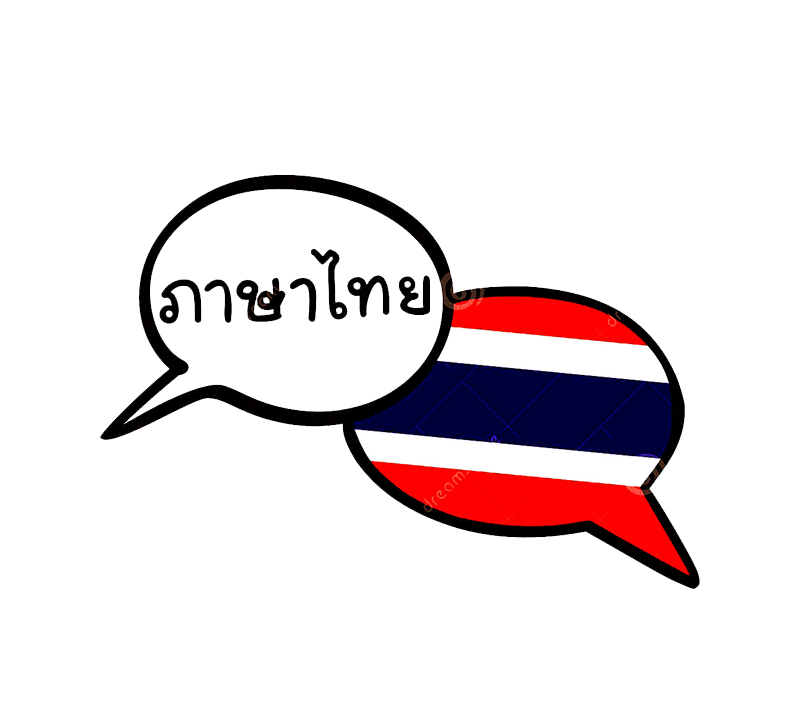The Thai language is the national and official language of Thailand and the mother tongue of the Thai people, Thailand’s dominant ethnic group. However, English is widely understood, particularly in Bangkok where it is almost the major commercial language. English and other European languages are spoken in most hotels, shops and restaurants, in major tourist destinations, and Thai-English road and street signs are found nation-wide.

Thai is a member of the Tai group of the Tai-Kadai language family. The Tai-Kadai languages are thought to have originated in what is now southern China, and some linguists have proposed links to the Austroasiatic, Austronesian, or Sino-Tibetan language families. It is a tonal and analytic language. The combination of tonality, a complex orthography, relational markers and a distinctive phonology can make Thai difficult to learn for those who do not already speak a related language.
The standard Thai, also known as Central Thai or Siamese, is the official language of Thailand, spoken by about 25 million people (1990) including speakers of Bangkok Thai (although the latter is sometimes considered as a separate dialect). Khorat Thai is spoken by about 400,000 (1984) in Nakhon Ratchasima; it occupies a linguistic position somewhere between Central Thai and Isan on a dialect continuum, and may be considered a variant or dialect of either.
In addition to the standard Thai, Thailand is home to other related Tai languages, including: Isan (Northeastern Thai), the language of the Isan region of Thailand, is considered by some to be a dialect of the Lao language, which it very closely resembles (although it is written in the Thai alphabet). It is spoken by about 15 million people (1983). Nyaw language, spoken mostly in Nakhon Phanom province, Sakhon Nakhon Province, Udon Thani province of Northeast Thailand. Galung language, spoken in Nakhon Phanom province of Northeast Thailand. Lü (Tai Lue, Dai), spoken by about 78,000 (1993) in northern Thailand.
Northern Thai (Lanna, Kam Meuang, or Thai Yuan), spoken by about 6 million (1983) in the formerly independent kingdom of Lanna (Chiang Mai). Phuan, spoken by an unknown number of people in central Thailand and Isan. Phu Thai, spoken by about 156,000 around Nakhon Phanom province (1993).
Shan (Thai Luang, Tai Long, Thai Yai), spoken by about 56,000 in north-west Thailand along the border with the Shan States of Burma (1993). Song, spoken by about 20,000 to 30,000 in central and northern Thailand(1982). Southern Thai (Pak Dtai), spoken about 5 million (1990). Thai Dam, spoken by about 20,000 (1991) in Isan and Saraburi province.

[…] Thailand and adjacent countries in Southeast Asia as well as southern China. Their language is the Thai language, which is classified as part of the Kradai family of languages, and the majority of Thai are […]